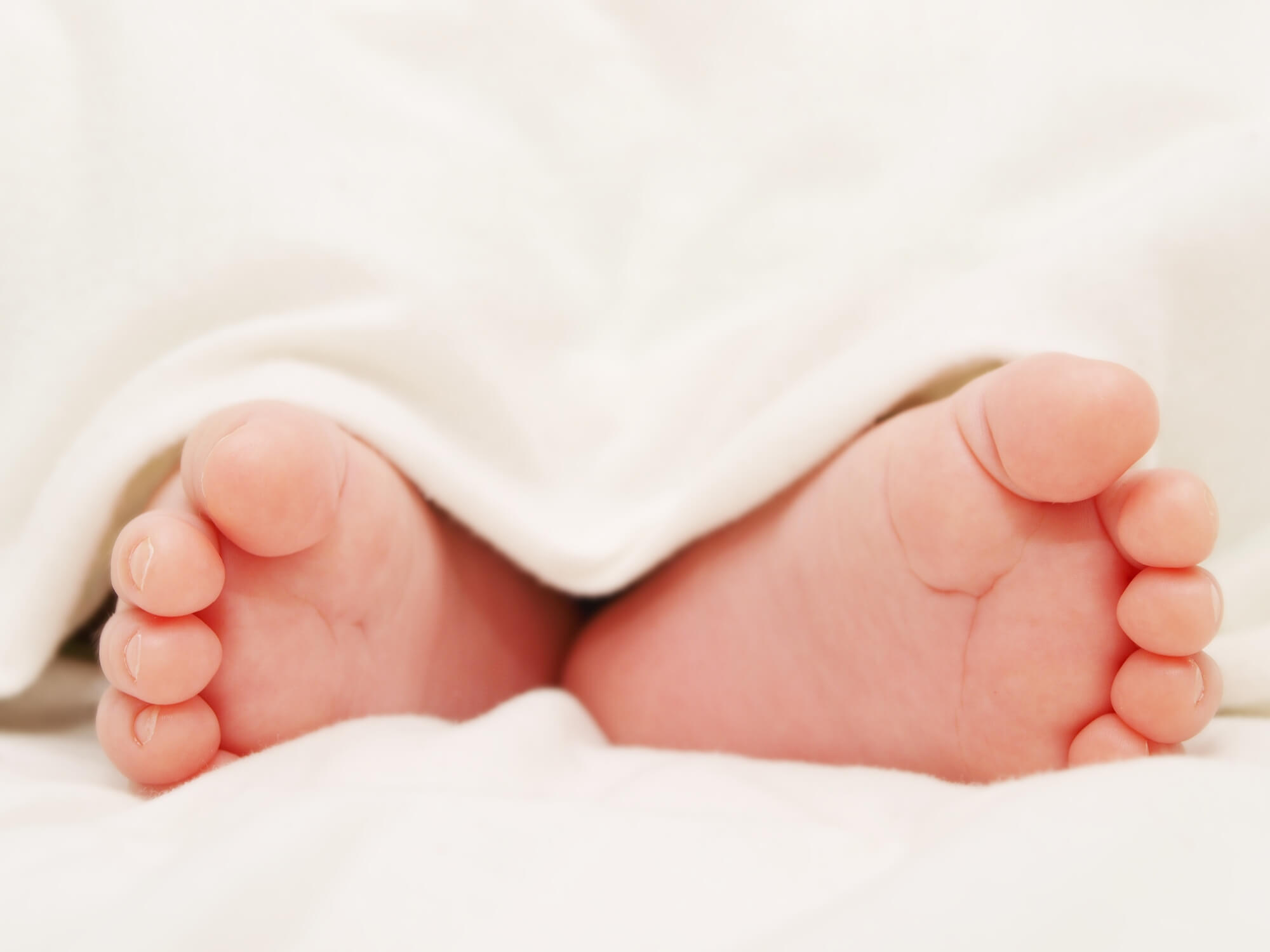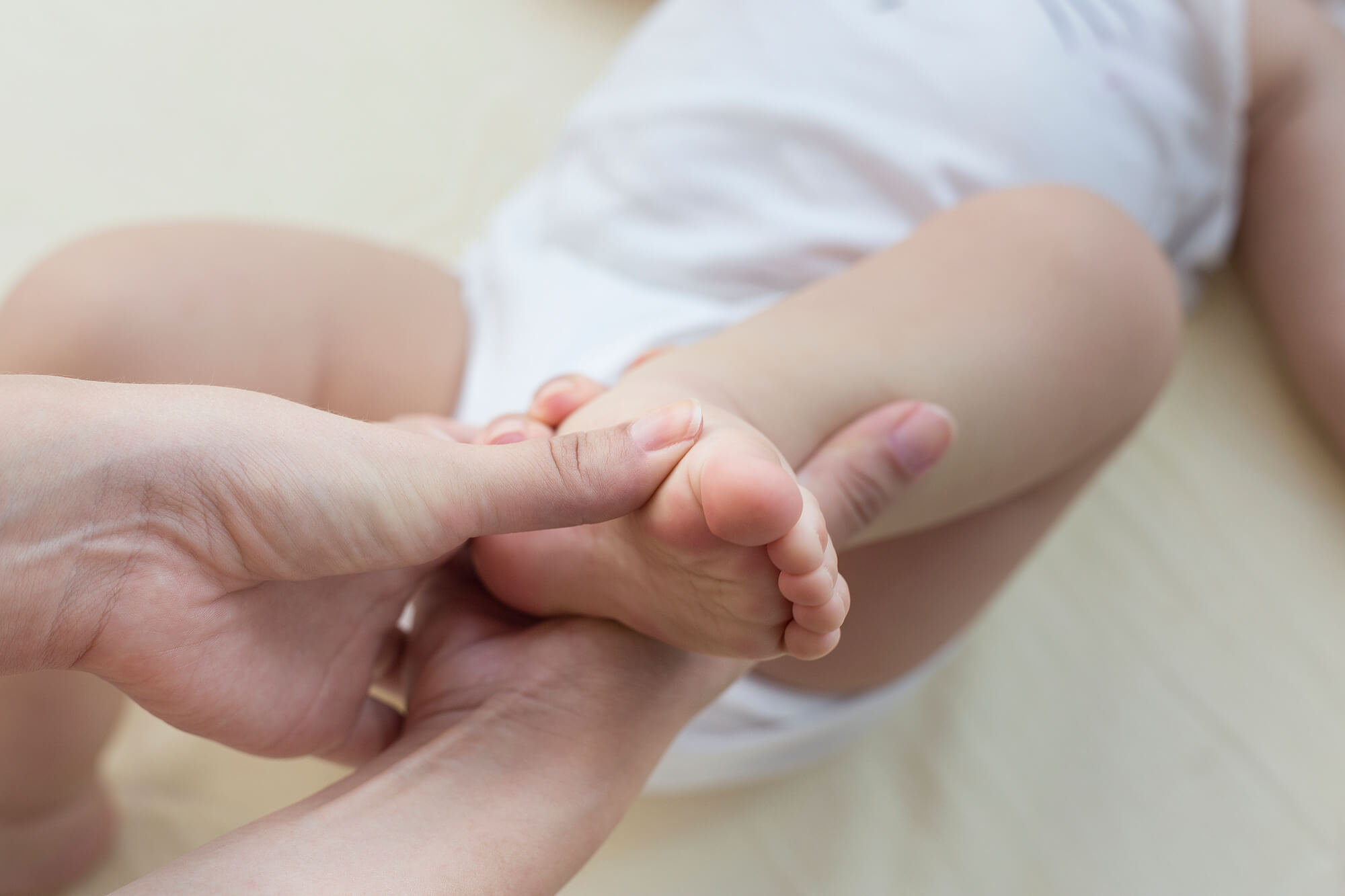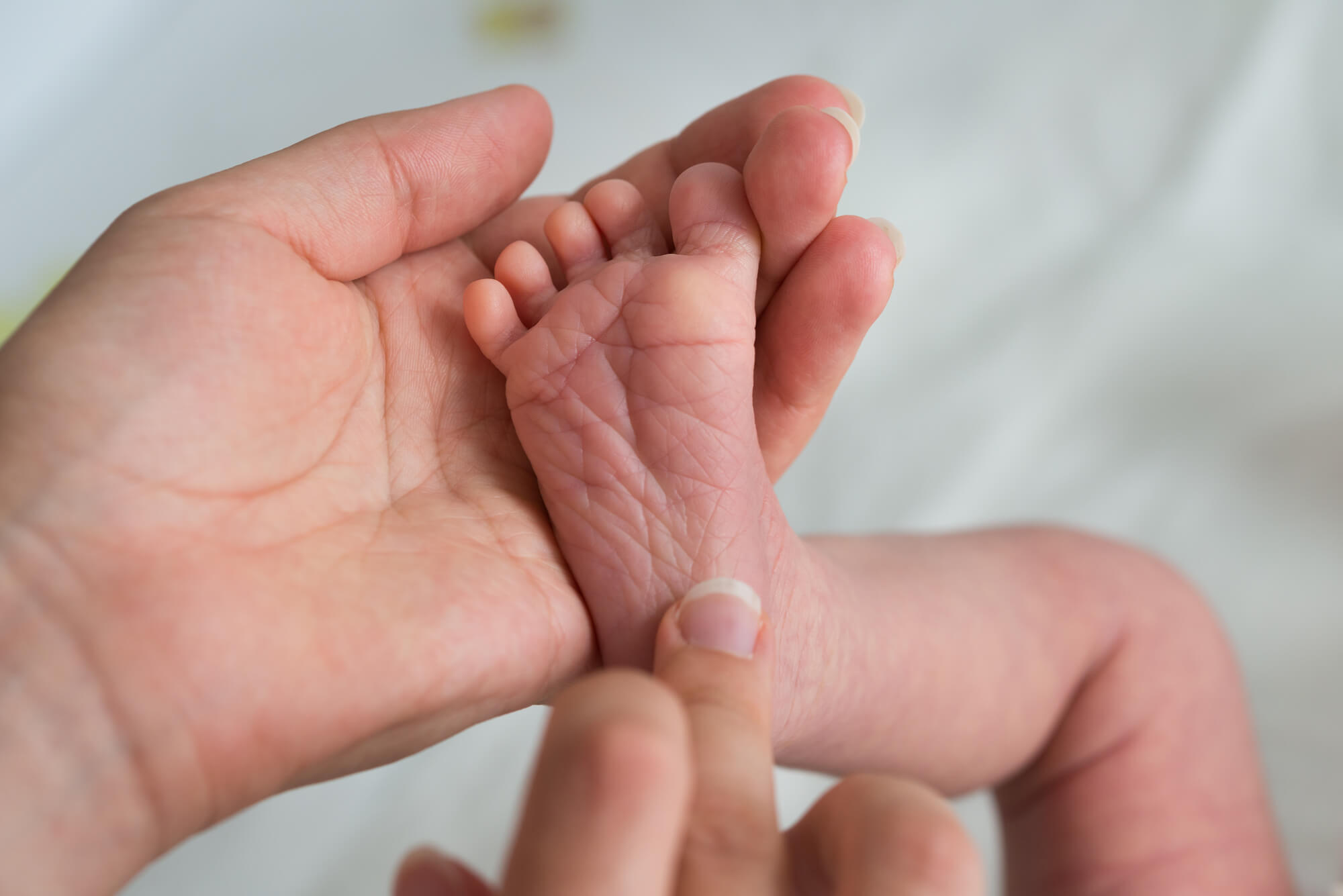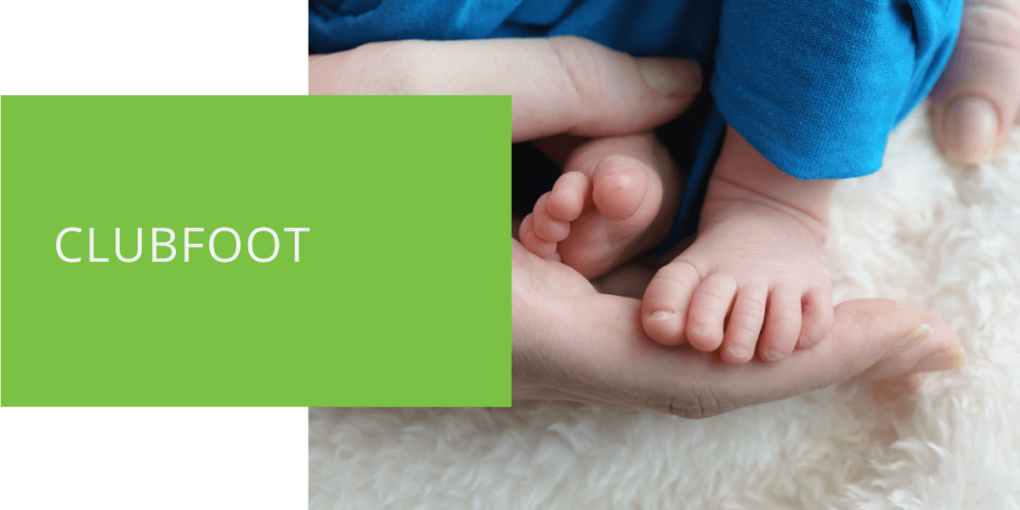Children’s Clubfoot: Causes, Symptoms & Treatment
Clubfoot is a congenital birth defect where one or both feet turn inward and downward. It's estimated that 1 in 1,000 children are born with clubfoot, making it one of the most common orthopedic conditions in children. If left untreated, clubfoot can cause significant problems with mobility and development, making early intervention from a podiatrist crucial. In this article, we'll explore the causes, symptoms, and treatment options for clubfoot.
Causes of Children's Clubfoot
The exact causes of clubfoot are not fully understood, but some factors may increase the risk of developing the condition. Clubfoot may run in families, which suggests that genetics play a role in the condition's development. Research shows that if one parent had clubfoot, the chances of their child having it increase to 1 in 35. If both parents had clubfoot, the chances would increase to 1 in 4. Some environmental factors may also contribute, such as limited space in the womb or abnormal positioning of the baby. Clubfoot may also be associated with other birth defects, including spina bifida.

Symptoms of Children's Clubfoot
Clubfoot is typically present at birth, and it's easy to spot. The foot may be turned inward and downward, and the calf muscle and Achilles tendon may be shortened, making it difficult to bring the foot into a correct position. The severity of clubfoot can vary, and some cases are more severe than others. If the condition is not treated, it can cause problems with walking and development, and in severe cases, it may result in pain and discomfort. In addition to the physical symptoms, clubfoot can also cause emotional distress for parents who may worry about their child's future.
Diagnosing Children's Clubfoot
Diagnosis is typically made by a podiatrist or an orthopedic specialist through a physical examination. The doctor will evaluate the foot's shape and range of motion and check for any associated conditions. Imaging tests, such as X-rays and ultrasounds, may also evaluate the foot and ankle's condition and confirm the diagnosis.
Treating Children's Clubfoot
The goal of treatment is to bring the foot into the correct position, which is usually done in stages over several weeks. Non-surgical treatment options include the use of a brace or a series of casts. The Ponseti method is a non-surgical treatment option that has gained popularity in recent years. This method involves manipulating the foot into the correct position and then applying a cast to hold it in place. The cast is typically changed every week, and after several weeks, the foot is held in place with a brace. The brace is worn for 23 hours a day for several months and gradually reduced over time. The Ponseti method has a success rate of over 90% and is the most commonly used treatment option for clubfoot.
In cases where non-surgical treatments are not successful, surgical intervention may be necessary. Surgery typically involves lengthening the Achilles tendon and moving the foot into the correct position. In some cases, a combination of non-surgical and surgical interventions may be necessary.

Importance of Early Intervention
Early intervention from a podiatrist is essential for children with clubfoot. Non-surgical interventions are generally more successful if started soon after birth, and they may be less effective if started after the child is several months old. In severe cases, delaying treatment may lead to permanent problems with walking and mobility. Early intervention also helps to prevent emotional distress for parents and helps to set the child on the right path for optimal development.
Risks and Benefits of Treatment
Treatment options for clubfoot are generally safe and effective, with a high success rate for non-surgical interventions. There are risks associated with surgery, including the possibility of infection, nerve damage, or recurrence of the condition. However, in most cases, the benefits of treatment far outweigh the risks.
Non-surgical interventions, such as braces and casts, have minimal risks, and they are generally well-tolerated by children. The Ponseti method is a non-invasive, effective, and low-risk treatment option that has become the gold standard for non-surgical treatment of clubfoot.
Surgical interventions are generally reserved for cases where non-surgical treatments are not successful. The benefits of surgical interventions include a higher success rate in correcting the foot's position, shorter treatment time, and reduced need for long-term bracing. The risks associated with surgery are low, and the success rate is high.

Ongoing Care
After treatment, ongoing care is necessary to ensure the foot maintains its correct position. Children with clubfoot may need to wear a brace for several years after treatment to prevent the condition from recurring. Regular check-ups with a podiatrist or specialist are necessary to monitor the foot's condition and development.
The long-term outlook for children with clubfoot is generally good. With early intervention and ongoing care, most children can walk and run normally and without pain. However, some children may experience a recurrence of the condition, especially if they do not wear their brace as directed.
Conclusion
Clubfoot is a common birth defect that requires early intervention from a podiatrist or orthopedic specialist. Treatment options include non-surgical interventions such as braces and casts, as well as surgical interventions in severe cases. Early treatment is crucial, and ongoing care is necessary to maintain the foot's correct position. By understanding the causes, symptoms, and treatment options for clubfoot, parents can take an active role in their child's foot and ankle health. With proper treatment, most children with clubfoot can live a normal, active life.

